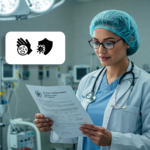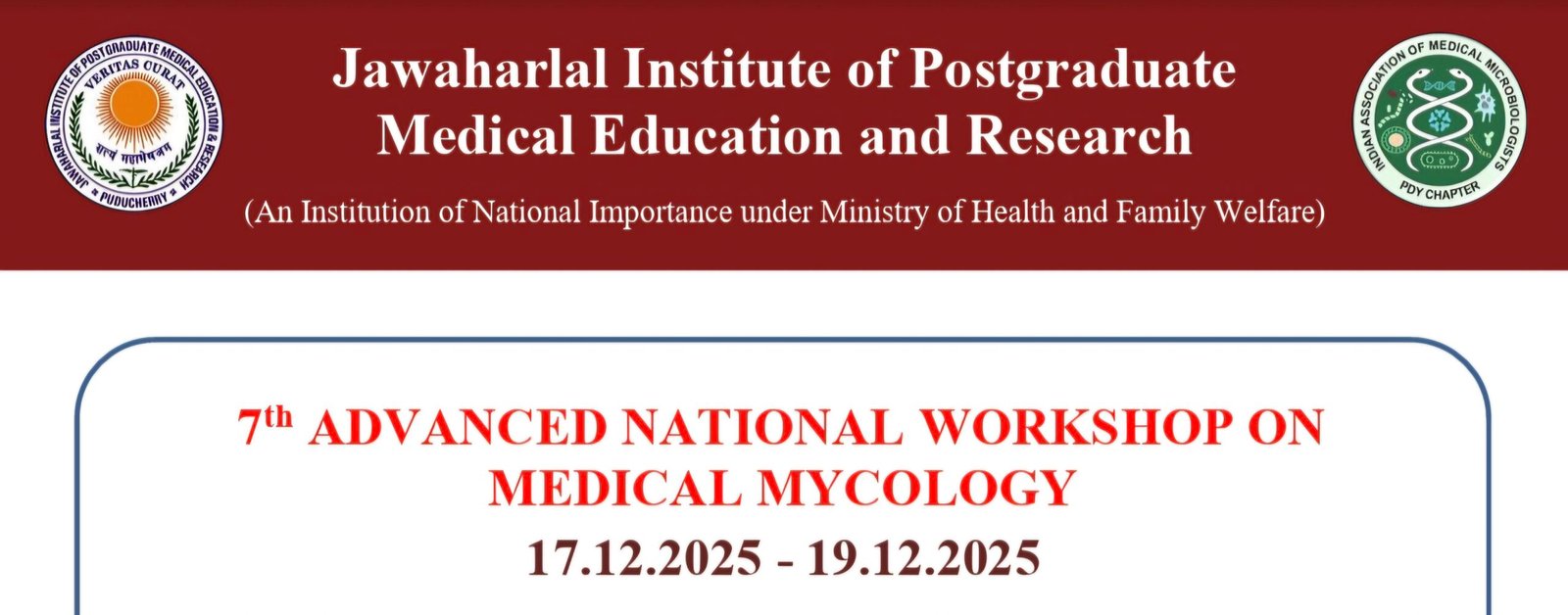Disclaimer: This post is for academic purposes only. Please read the original document if you intend to use them for clinical purposes.
Introduction:
This document summarizes the main themes and important ideas of the ISO 15189:2022 standard. It outlines the requirements for quality and competence in medical laboratories and is applicable for developing management systems, assessing competence, and for confirmation or recognition by various stakeholders. The document also explicitly states its applicability to point-of-care testing (POCT).
Scope and Applicability:
The standard is designed to be used by medical laboratories in:
- Developing their management systems.
- Assessing their competence.
- Facilitating the confirmation or recognition of their competence by:
- Laboratory users.
- Regulatory authorities.
- Accreditation bodies.
- It is also directly applicable to point-of-care testing (POCT).
The standard acknowledges that International, national, or regional regulations or requirements can also apply to specific topics covered in this document.
Key Themes and Important Ideas:
The excerpts highlight several crucial aspects of the requirements for medical laboratories which can be broadly categorized as follows:
1) General Requirements and Management System:
- Legal Responsibility: Laboratories must be a legal entity capable of being held responsible for their activities.
- Laboratory Director: A competent individual (or individuals) must direct the laboratory, possessing the necessary qualifications, authority, responsibility, and resources to meet the standard’s requirements.
- Scope of Activities: Laboratories must clearly define and document the range of their activities, including those at off-site locations like POCT or sample collection, and can only claim conformity for this defined scope.
- Conformance: All laboratory activities must meet the requirements of ISO 15189:2022, user needs, regulatory requirements, and recognition bodies.
- Objectives and Policies: Laboratory management must establish and maintain measurable objectives and policies focused on meeting user needs, good professional practice, providing fit-for-purpose examinations, and conforming to the standard.
- Risk Management: Laboratories are required to implement risk management processes to identify, assess, and mitigate risks to patient care throughout all phases of laboratory activities. They must also identify and manage opportunities for improvement.
- Quality Indicators: The laboratory shall establish and monitor quality indicators to evaluate performance across pre-examination, examination, and post-examination processes, linking them to established objectives.
2) Resource Requirements:
- Personnel: Laboratories must have a sufficient number of competent personnel who act impartially, ethically, and according to the management system. Competence requirements, authorization of specific activities, continuing education, and personnel records are emphasized.
- Facilities and Environmental Conditions: Adequate facilities and controlled environmental conditions are required to ensure the quality of examinations. This includes controls, storage, personnel facilities, and sample collection areas.
- Equipment Calibration and Metrological Traceability: The standard places a strong emphasis on the calibration of equipment and the metrological traceability of measurement results to the International System of Units (SI) or appropriate references.
- Reagents and Consumables: Laboratories must have processes for the selection, procurement, receipt, storage, acceptance testing, and inventory management of reagents and consumables. Each new lot or shipment should be verified for performance. Detailed record-keeping for reagents and consumables is also required.
- Service Agreements: Formal agreements with laboratory users (including POCT operators) must be established and periodically reviewed, clearly defining requirements and the laboratory’s capabilities.
3) Process Requirements:
- Pre-examination processes: This includes providing information to patients and users, managing examination requests (which are considered agreements), primary sample collection and handling (including patient consent), sample transportation, sample receipt (with defined acceptance/rejection criteria and traceability), and pre-examination handling, preparation, and storage.
- Examination processes: This section covers the general conduct of examinations, verification and validation of examination methods (with specific requirements for laboratory-developed, modified, or off-label methods), evaluation of measurement uncertainty (MU), defining and communicating biological reference intervals and clinical decision limits, documenting examination procedures, and ensuring the validity of examination results.
- Verification: It is the process by which the laboratory confirms that the established performance claims of a measuring system, e.g. trueness, precision, reportable range, can be replicated in the laboratory before human sample examination is performed.
- Validation: It shall be as extensive as is necessary and confirm, through the provision of objective evidence in the form of performance specifications, that the specific requirements for the intended use of the examination have been fulfilled.
- Measurement Uncertainty (MU): MU must be evaluated, maintained, and documented where relevant, and this information should be available to users upon request.
- Biological Reference Intervals and Clinical Decision Limits: These must be defined, recorded, and periodically reviewed based on the patient population served.
- Ensuring validity of results: This involves internal quality control (IQC) and participation in external quality assessment (EQA) programs. The laboratory shall have an IQC procedure for monitoring the ongoing validity of examination results, according to specified criteria, that verifies the attainment of the intended quality and ensures validity pertinent to clinical decision making. EQA results must be reviewed, and appropriate action taken for any deviations.
- Post-examination processes: These include the review of results, formatting, releasing, reporting (with specific content requirements like patient identification, examination details, units of measurement, reference intervals, interpretation aids, and identification of critical results), and the retention of examination results and samples.
- Non-conforming Work: The laboratory must have a procedure to manage work that does not conform to its own procedures or the requirements of the standard, including halting non-conforming work, containment, correction, and decisions on the acceptability of the non-conforming work.
- Control of data and information management: This includes establishing authorities and responsibilities, managing information systems, having downtime plans, and managing off-site activities related to data.
4) Quality Management System Elements:
- Documentation and Records: The standard emphasizes the importance of controlling documents (unique identification, approval, review, availability, change control) and records (creation, amendment, retention).
- Actions to address risks and opportunities for improvement: The laboratory must have processes for identifying risks and opportunities, planning and implementing actions to address them, and evaluating the effectiveness of these actions.
- Improvement: This includes continual improvement efforts and the collection and utilization of feedback from laboratory patients, users, and personnel.
- Evaluations: Laboratories must conduct regular evaluations, including monitoring quality indicators and performing internal audits at planned intervals to assess the conformity and effectiveness of the management system.
- Corrective Actions: While not a specific heading in the excerpt, the section on nonconforming work and actions taken when IQC or EQA fails imply the need for corrective actions.
5) Point-of-Care Testing (POCT):
It is mentioned that service agreements between the laboratory and all locations using laboratory supported POCT shall ensure that respective responsibilities and authorities are specified and communicated within the organization.
Conclusion:
The excerpts from ISO 15189:2022 standards highlight a comprehensive set of requirements for medical laboratories and emphasize a strong focus on patient care, risk management, quality control, metrological traceability, and the implementation of a robust management system. These standards provide a framework for medical laboratories to consistently produce valid and reliable examination results, ultimately contributing to better patient outcomes.








